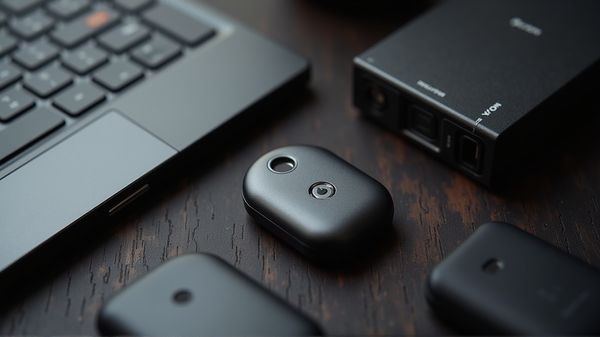Cracking the MacBook-Android Code: A Tech Writer's Survival Guide
A fusion of elegance and versatility in one desk setup? That’s the dream, especially for those who, like myself, thrive in the world of technology writing. Yet, as any savvy tech aficionado knows, marrying a MacBook with an Android phone isn’t as seamless as Apple’s famed ecosystem suggests. Let’s delve into the strategy that keeps my workflow unbroken, even amidst this unlikely pairing.
Harnessing Google’s Power Triad: Endless Connectivity
In the world of apps, compatibility is key. That’s why Google Calendar, Tasks, and Keep are my go-to tools. These apps, robust and versatile, are pinned favorites on my Mac browser, ensuring that I stay on track whether I’m marking a deadline or jotting down a fleeting inspiration. Their accessibility across devices, be it my MacBook or my trusty Samsung S24 Ultra, transforms potential chaos into a symphony of productivity.
Even when I’m indulging in gaming marathons on other devices, these apps ensure that a momentary idea is never lost. Notifications seamlessly integrate into my workflow, keeping me punctual and creative across platforms. According to SlashGear, seamless connectivity is just one browser notification away.
Microsoft’s Cloud Connection: A Key to Effortless Syncing
While Apple’s iCloud might seem tempting, its absence of a dedicated Android app nudges me toward OneDrive—Microsoft’s sophisticated cloud storage solution. Beyond mere storage, OneDrive becomes a backbone for seamless integration and resourceful backing of my digital files. It turns photo management into a one-tap affair, allowing me quick access to memories across my tech ensemble.
The duo of Microsoft 365 and OneDrive delivers a distinct advantage: document creation free from internet constraints. Drafting an article on my phone during a commute or picking up on my MacBook is now an everyday ease, free from connectivity woes. A shared subscription with my family maximizes both affordability and accessibility.
Bridging Devices: Hotspots and Displays Unexplored
Tethering devices may not scream convenience, yet with a bit of tech maneuvering, it’s remarkably efficient. My Samsung S24 Ultra’s Wi-Fi hotspot serves as a robust connection link, offering extended versatility in public Wi-Fi prone areas. The ability to double as a travel router with a VPN offers a blanket of security and performance that outdoes even Apple’s best.
For those craving screen space, Duet Display is an unsung hero. It transforms my phone into a dynamic second screen, scalable enough to manage my multitasking demands. USB-C connections ensure stability, offering an economic solution to extending display applications on the move.
AirDroid: The Bridge to a Unified Experience
Unifying my tech experience is AirDroid, creating an almost singular device sensation between my Samsung and MacBook. Making calls, sending messages, or managing files from my laptop mimics Apple’s interconnected perks without the ecosystem lock-in. Despite lacking in clipboard integration, AirDroid’s imitation of AirPlay and Continuity Camera functionalities provide indispensable workarounds for the novice and seasoned techie alike.
This intricate dance of gadgets proves one point: with the right tools and a touch of willingness to cross-platform limitations, the boundaries between Mac and Android not only blur but transform into an opportunity-rich playground. Whether you’re entrenched in tech writing or another demanding field, this harmonious pairing is not only possible but profoundly empowering.




